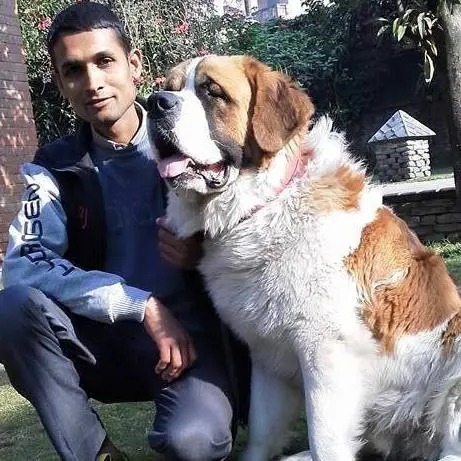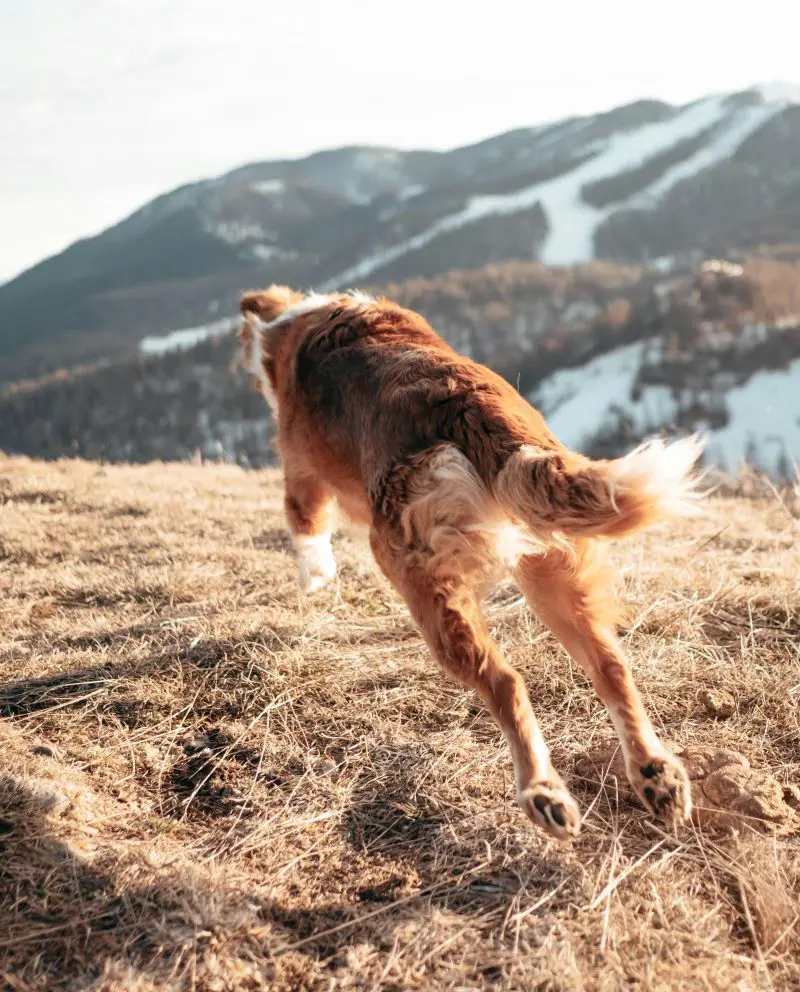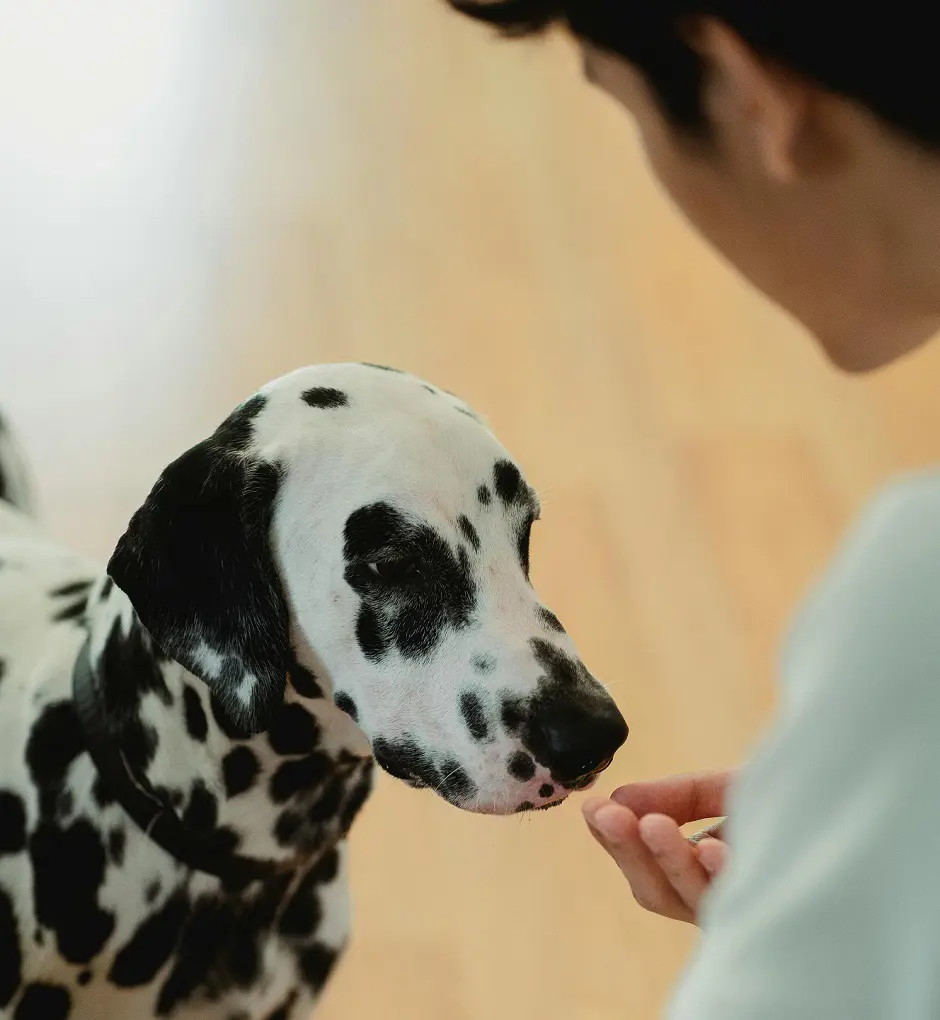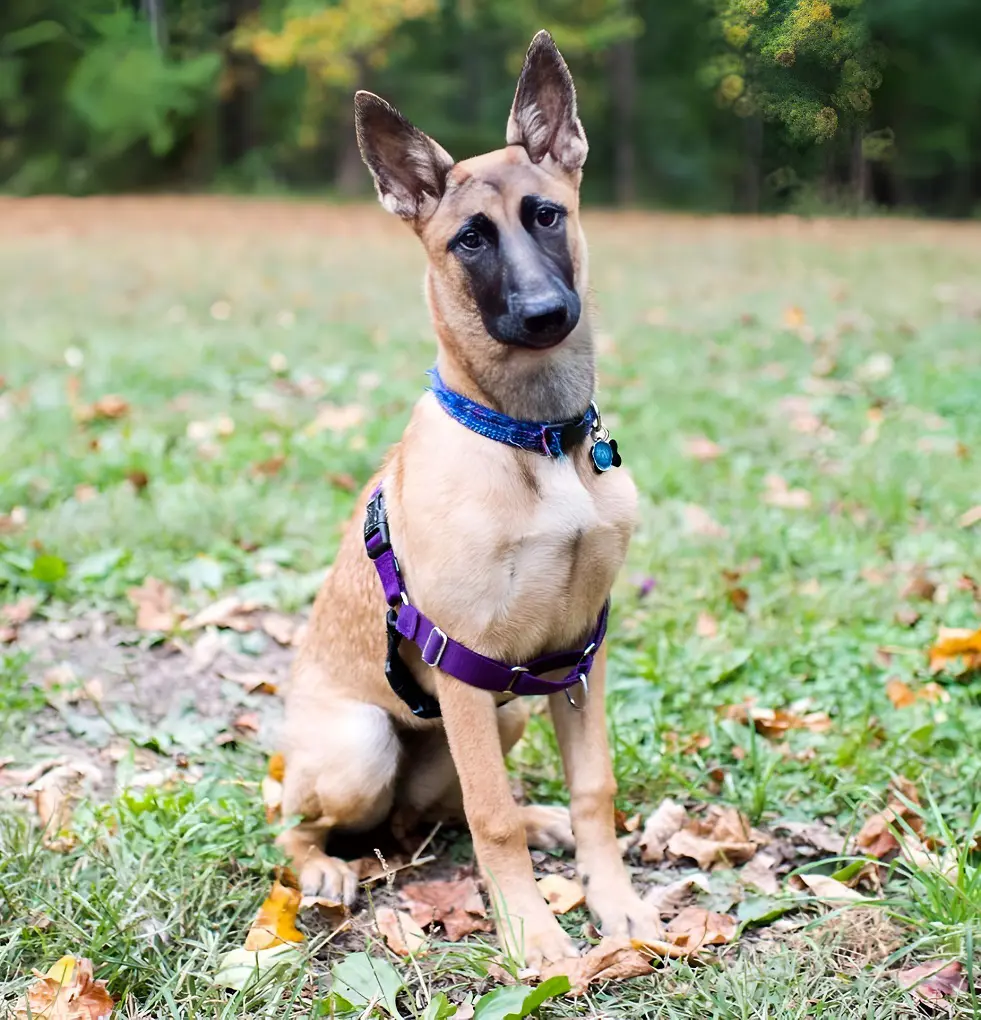Do Dogs Sweat And How To Cool Them Down

Understanding the ways in which dogs sweat, as well as the limits that lie within cooling mechanisms, is key to their welfare. Being able to recognize the signs of heat stress, to have in hand effective cooling solutions, and taking preventative measures are the ingredients that will keep a pet owner's dogs comfortable and safe during the hot weather.
Be it through innovative products, changing routines, or education alone, it falls upon the pet owner to ensure that furry companions live healthy and happy lives no matter the temperature. Our dogs depend on us to keep them cool and comfortable during those very hot times. Only a little care and attention and we will be able to have our dear pets happy, safe, and healthy throughout the hottest days of the year.
Understanding Dog Sweating
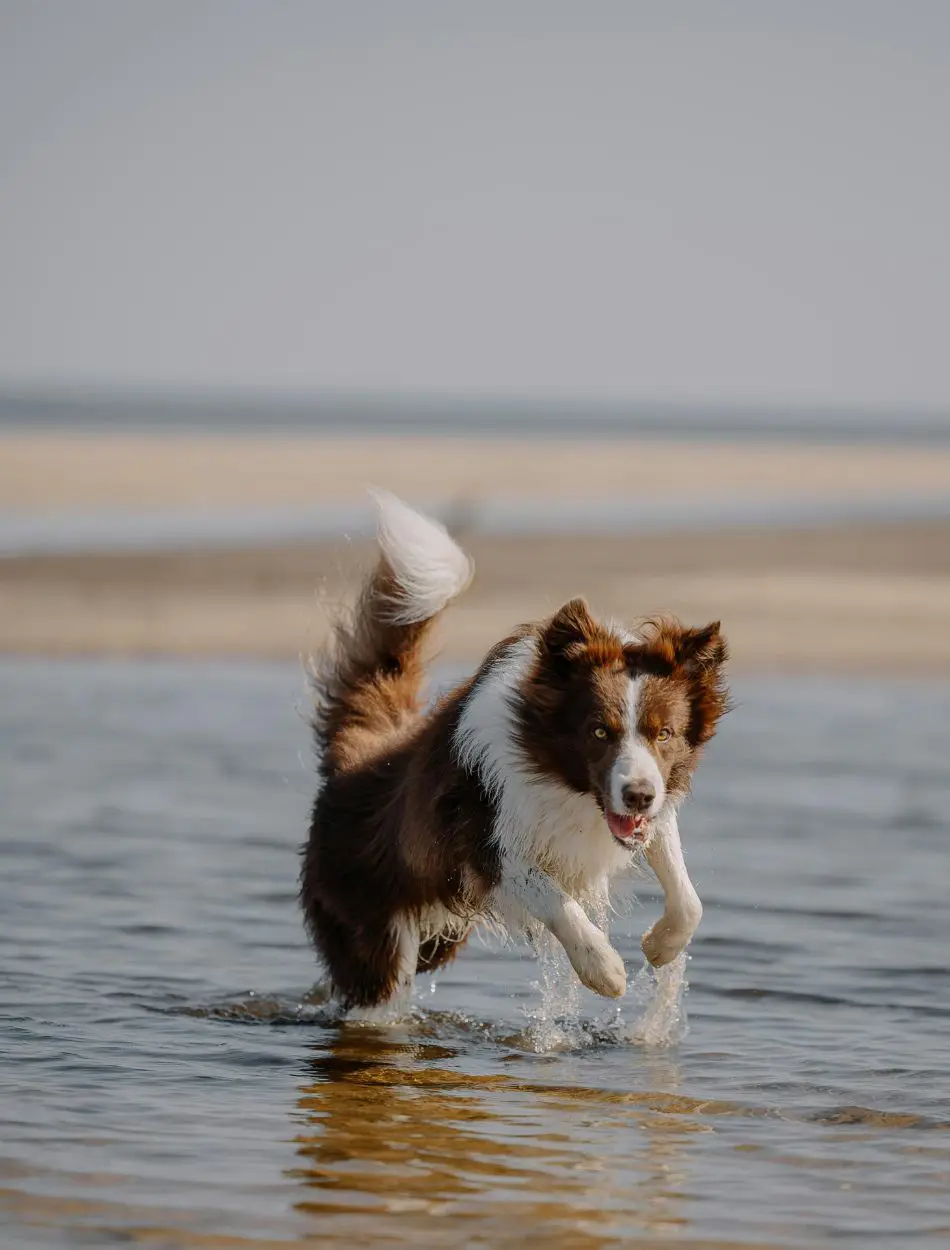
Dogs sweat differently than humans do because their main cooling mechanism is another process altogether. This section will cover how dogs sweat and why it's important to know this for their well-being.
Unlike humans, who have a covering of sweat glands all over the body, dogs have very few of those, which are situated on their paw pads and noses. It is, therefore, difficult for them to regulate their body temperatures due to this meager capacity to sweat. Knowing this basic difference is the key to understanding why your pet may not be able to take on as much heat as humans can, and why other means of cooling are essential for them.
Can Dogs Sweat Enough to Cool Down?
Sweating in dogs does occur through their paw pads, but this is far from enough to cool the whole animal's body. The most common way dogs bring down their body temperature is through panting. When a dog pants, the moisture evaporates from its tongue, nasal passages, and the lining of its lungs, which in turn dissipates heat.
This process is essential for dogs, especially since they are covered in fur coats that could trap in the heat and make it quite difficult to cool down naturally. Therefore, one should realize that dogs cannot control the rise in body temperature by sweating.
The Science of Dog Cooling

The science behind self-cooling in dogs is very interesting and quite different from human mechanisms. Understanding it can help in the care of our pets.
How Does a Dog Sweat?
A few sweat glands of dogs function by dabbing minute quantities of sweat onto the surface of their skin; evaporation from this helps in minor cooling. However, this process is not the main mechanism of thermoregulation in dogs. Rather, the panting mechanism is how they do this work. In panting, there is an increased passage of air over the moist surface of the tongue and respiratory tract, resulting in a rise in evaporation and subsequent heat loss. This physiological adaptation is very vital to dogs, especially during hot weather when they badly need cooling.
Does Sweating Help Dogs?
Although some amount of sweat is produced by dogs through their paw pads, the amount is very small and cannot contribute much to cooling. Since dogs have fur coats and few sweat glands, other methods of cooling the body through panting or staying in the shade become more important. Knowing this very limitation is important for developing other cooling aids and providing an environment in which dogs are able to maintain a safe body temperature.
Recognizing Signs of Overheating

Your dog cannot come to you and tell you that they are hot but as a responsible owner it is important to know if your furry friend is overheating. The signs and causes of heat stress can be kept from having deadly consequences by its awareness.
Symptoms of Heat Stress in Dogs
The ability to recognize the symptoms of heat stress is important in taking proper measures to avoid heat-related illnesses. Some of the common ones include excessive panting, drooling, lethargy, red or pale gums, and increased heart rate. In the worst cases, a dog can vomit, develop diarrhea, or collapse. Knowing these symptoms allows pet owners to take immediate measures for cooling the dog and seek veterinary help if required. Early intervention can make all the difference between an essentially minor heat-stress episode and a possibly fatal heat stroke.
Why Dogs Are Prone to Heat Stress
Physiologically, dogs are more predisposed to heat stress compared to human beings. Few sweat glands and relying on panting to cool down physiologically handicap them in controlling their body temperature. Other factors, like thick fur, breed characteristics, age, or health conditions, make them even more susceptible to heat. Knowing all these factors places greater significance on proactive measures toward keeping dogs cool, particularly during hot weather or strenuous activities
Effective Cooling Techniques for Dogs

There are several effective ways to make your dog cool ranging from the easiest daily practices to the specific products developed, these techniques can help ensure the comfort and safety of your dog.
Providing Ample Water
Keeping a supply of cool, clean water available to their dogs is one of the best ways to keep them cool. Water is important for general health and contributes to keeping them cool. It helps maintain the body temperature and controls the development of dehydration, which can enhance heat stress. There should always be water present with the dog; owners take on walks or other outings, and also they encourage periodic drinking to keep them cool and well-hydrated.
Creating Cool Resting Areas
The dogs should be provided with a resting area that is cool and shaded to help in their thermoregulation. In this case, the dog will have a place to retire to from the heat and lie about at ease. Indoors, the use of fans or air conditioners is possible while some areas outdoors should be shaded for the dogs to lie about free from direct sunlight. Moreover, in areas like these, cooling mats or wet towels can be used to promote the cooling effect.
Cooling Vests and Bandanas
Recently, there have been specialized products for dogs to help them maintain a cool temperature in hot weather. Cooling vests and bandanas, which should be soaked in water to cool through evaporation, are examples of this. Owners can help pets tolerate heat more efficiently by wetting the vest or bandana and laying it on the dog. The products are particularly useful for dogs that stay outdoors for a long time or have high activity levels during the warm months of the year. This is because the products provide a highly portable and efficient way of cooling them down.
Cooling Mats and Beds
Mats and beds are some other practical ways to keep dogs comfortable in the heat. These are products designed to absorb and dissipate body heat, ensuring the dog has a cool surface to lie on. The mats or beds can be used indoors or outdoors in various sizes to suit different breeds of dogs. With cooling mats or beds, the pet owner will ensure that their dog is guaranteed a comfortable resting place, reducing the chances of overheating and giving way to general good health.
Spray Bottle
Spray your dog with cool water with a spray bottle. This is quite handy to keep them cool during the hot weather. Spray some cool water in their fur, avoiding the face, so that as the water evaporates, it creates a cooling effect. It works great if you are out walking or involved in other outdoor activities with your dog and need a more portable solution for cooling.
Offer a Paddling Pool
Setting up a small paddling pool in your yard will let your dog cool itself in an enjoyable and efficient way. You can make your dog splash, frolic, and enjoy sprinkles, thus allowing their body temperature to come down. Be sure that the water is clean and cool; for your dog's safety, do not let them unsupervised in the pool.
Proper Ventilation
Good ventilation in your dog's space will help in keeping him cool. Good ventilation means that there is a constant airflow, which does not get hot. Use fans or open windows to create a breeze. Also, never lock your dog in small, completely enclosed spaces where heat builds up quickly.
Special Considerations for Different Breeds
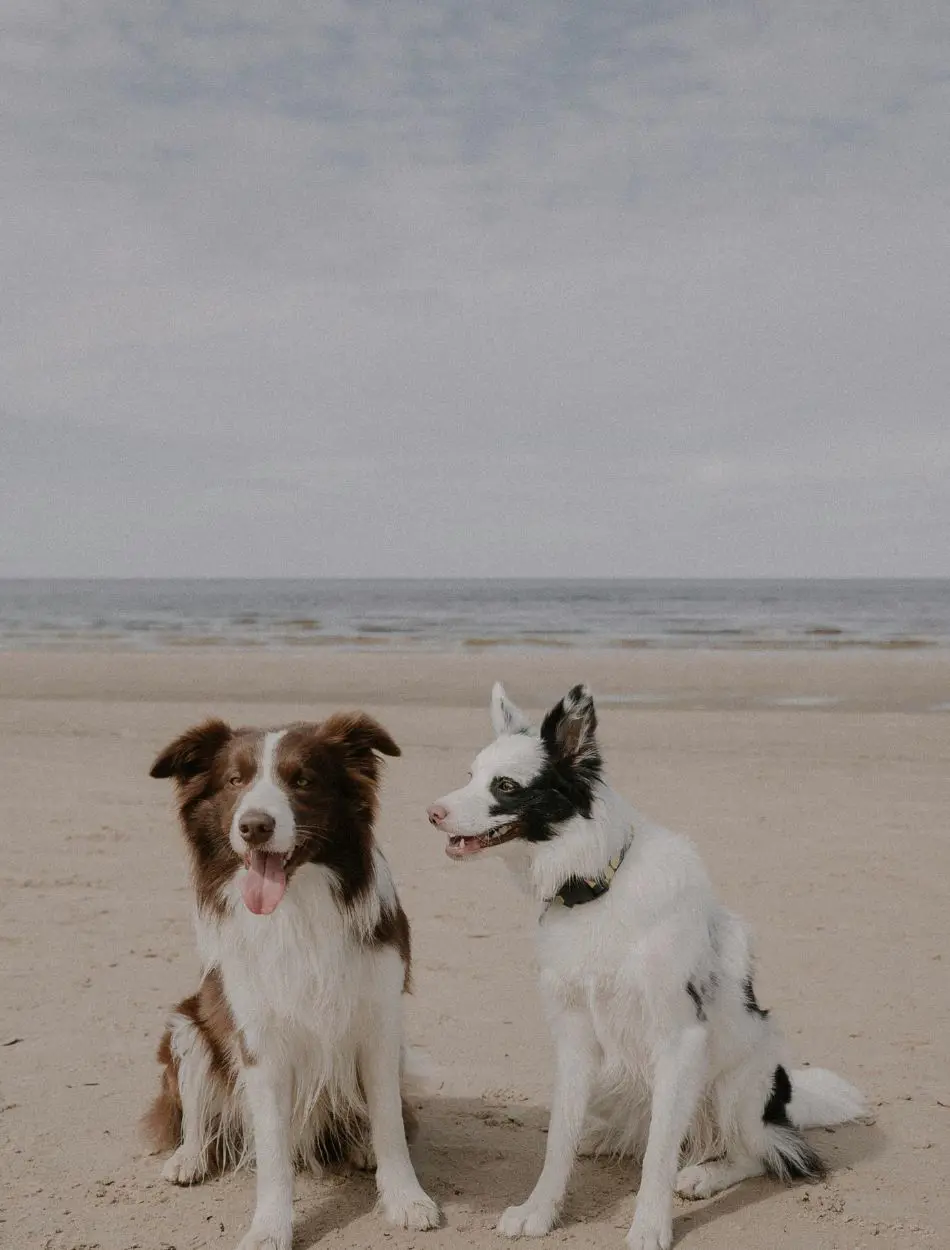
Dogs and their care differ from one breed to another and this variation also needs to be considered in taking care of dogs in hot conditions. There are variations in breeds that are more susceptible to heat stress and knowing the needs of your breed will help you to take care of it more efficiently.
Long-Haired Breeds
Long-haired breeds, like Golden Retrievers and Huskies, have coats perhaps too thick to let all the heat out from their bodies, therefore making it hard to cool down. Regular grooming and trimming can help keep their fur under control and lower the chances of overheating.
In addition, plenty of water, cool places to rest, and avoiding being outdoors during peak heat hours can make these dogs more comfortable. Knowing the challenges that exist with long-haired breeds provides the techniques necessary to keep the breed cool and healthy.
Brachycephalic Breeds
Brachycephalic breeds such as Bulldogs, Pugs, and Boxers are particularly at risk of heat stress due to their short snouts and compromised respiratory systems. These breeds struggle to cool down through panting and are more likely to overheat.
Owners of brachycephalic breeds should take extra precautions, such as avoiding strenuous exercise in hot weather, providing cool resting areas, and closely monitoring their dogs for signs of heat stress. Understanding the specific needs of these breeds is crucial for their health and safety.
Tips For Hot Weather Activities

It requires a few adjustments to engage your dog in outdoor activities during the hot weather and keep them safe and comfortable. Here are a few tips that one may consider to keep their pets from harm's way.
Safe Exercise Practices
Exercising dogs in hot weather needs adjustment of intensity and duration of activities to avoid overheating. Early morning or late evening walks would be preferred when temperatures are cool. Additionally, one must protect the dog's paw pads from asphalt and other hot surfaces that cause burns. Having a supply of water and taking regular breaks in the shade can help them stay hydrated and at a safe temperature. These habits allow dogs to enjoy being active throughout the warmer months of the year without compromising their health.
Cooling Treats and Toys
Cooling treats and toys are an interactive and fun way to help cool dogs off during the heat. Frozen treats, such as ice cubes or even frozen fruits, can be very refreshing and cool. Fillable water toys that can be frozen create a stimulating and active way for dogs to cool themselves. These cooling options help spice up the dog's life and give them alternative ways to cool down while having fun and remaining comfortable.
Emergency Measures For Heat Stroke

Heat stroke in dogs is an emergency condition that requires immediate attention and for the sake of your dog, it is essential for you to know what to do in such emergencies that may save your dog from physical harm and discomfort.
Recognizing Heat Stroke
Heat stroke is a serious condition that requires instant attention. Canine heat-stroke conditions include heavy panting, drooling, increased heart rate, confusion, weakness, vomiting, and collapse. If a dog manifests these symptoms, it is of real importance to act quickly.
The animal should be moved to a cool place; and provided with water; and cool, not cold, water applied to the body to lower the temperature. Veterinary assistance should be called for immediately as heat stroke can be fatal, and professional help is required urgently.
First Aid For Overheated Dogs
Providing first aid in such cases of overheating can make all the difference and the dog should be removed to a shaded or air-conditioned area and given small amounts of water as soon as possible. Their body temperature should be lowered by sponging with cool, damp cloths.
Do not use ice or very cold water because doing so could cause the animal to go into shock. Keep checking on the condition of the dog. The dog should be taken to the vet if it does not show any improvement. First aid, if given early and properly, may go a long way in stabilizing the animal and preventing further complications.
Preventive Measures For Future Safety
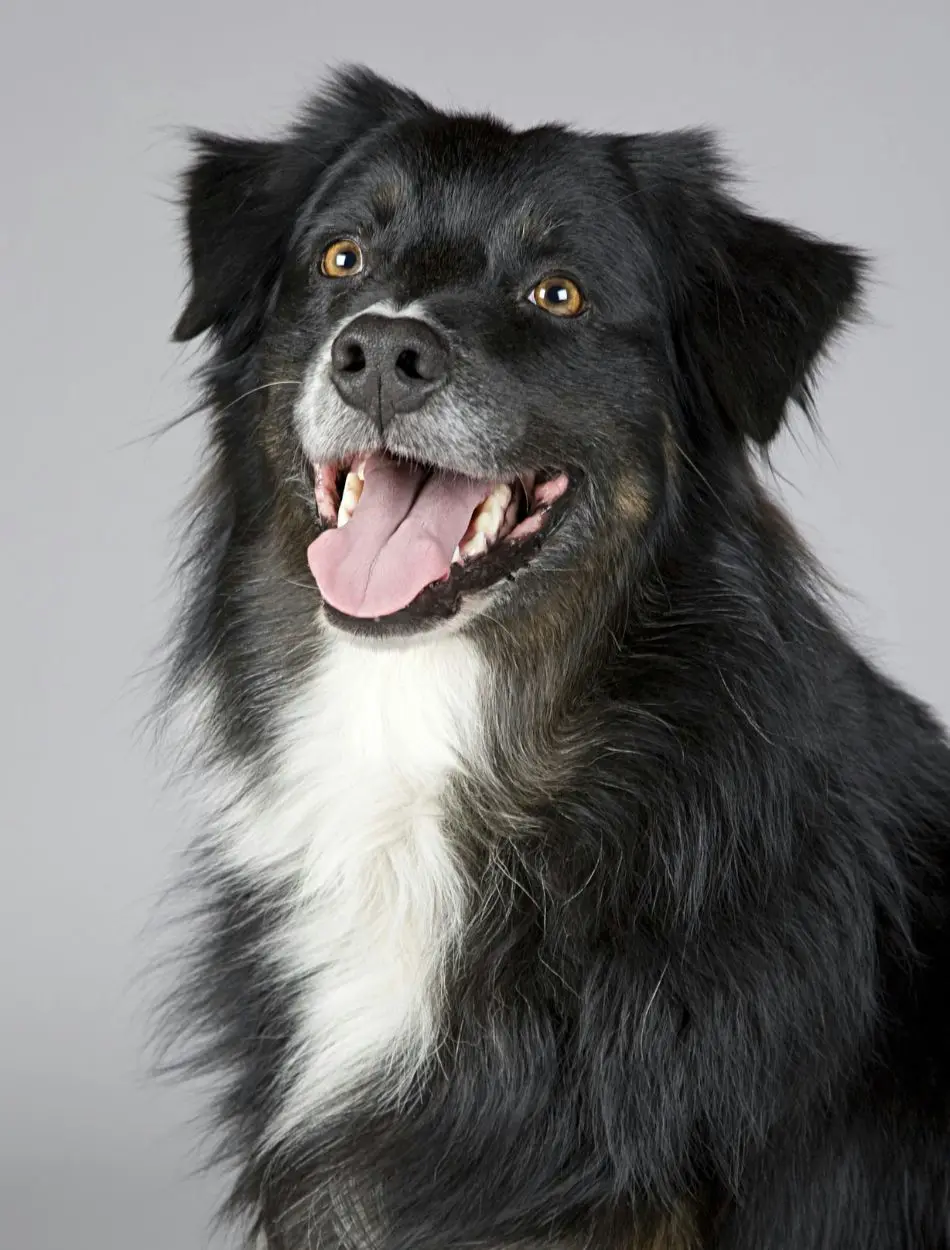
Prevention of such emergencies can help ensure the safety and comfort of your dog during hot weather. Here are some ideas to get you started on the safety of your pets in the future from heat.
Seasonal Adjustments
Knowing seasonal changes is one of the best ways to help prevent heat-related problems with your dog. In hot weather, reduce the intensity and duration of outdoor activities; provide plenty of fresh water, and make sure rest areas are cool. In colder weather, dogs should exercise regularly with caution due to cold temperatures with appropriate shelter from wind and other elements. This provides some seasonal adjustments to help a dog change with the weather to promote overall health and safety.
Educating Pet Owners
Educating pet owners about the risks of heat stress and the importance of cooling measures is vital for the well-being of dogs. Awareness campaigns, informative articles, and resources provided by veterinarians and pet organizations can help spread knowledge about effective cooling techniques and emergency measures.
By equipping pet owners with the necessary information, the likelihood of heat-related incidents can be reduced, ensuring that more dogs remain healthy and comfortable during hot weather.
Top Lists
